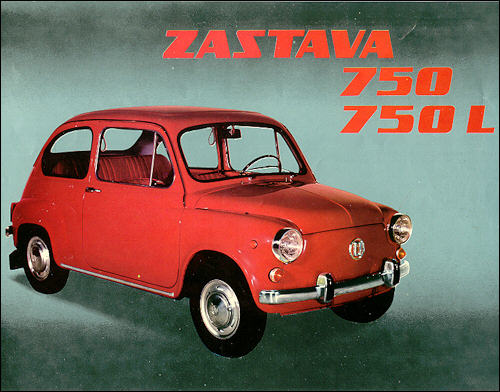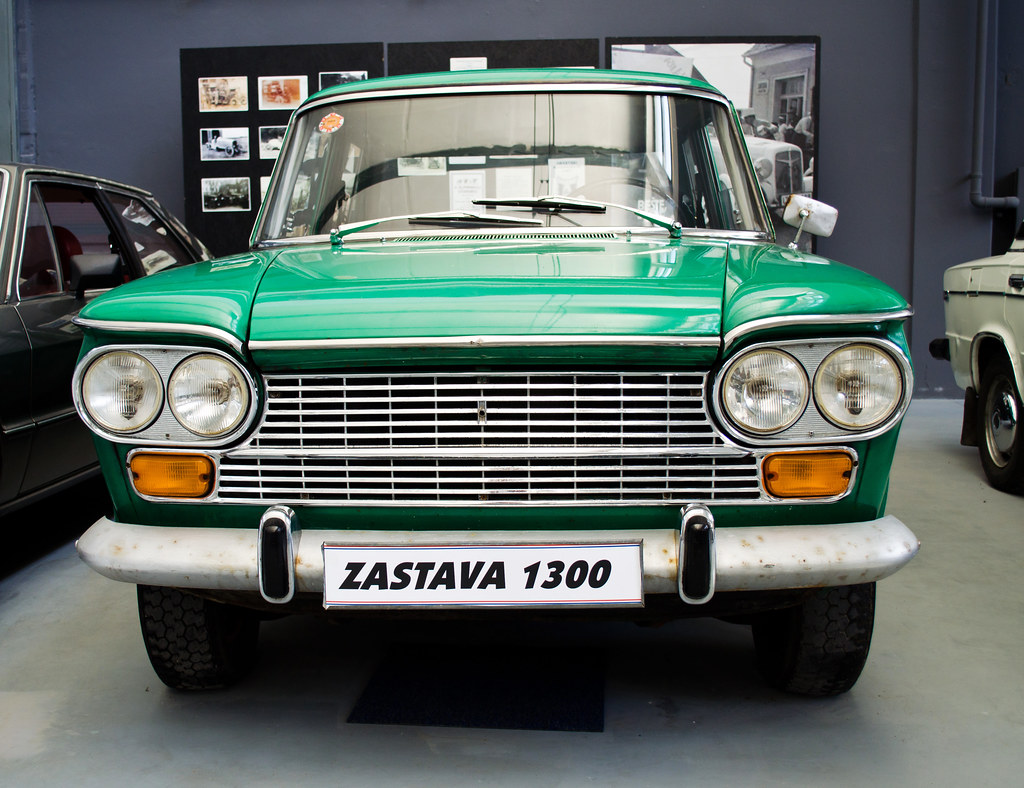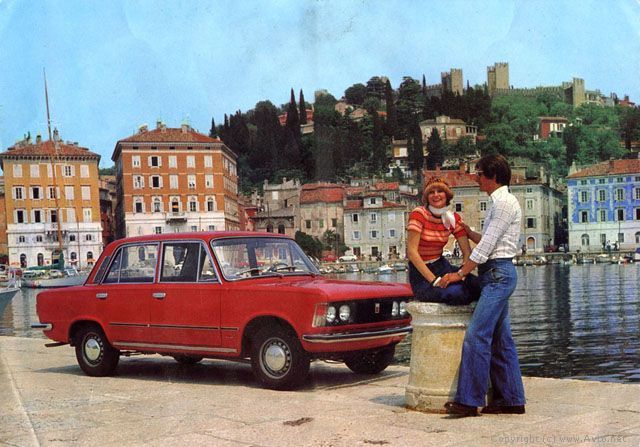Zastava Automobiles was a Serbian international car manufacturer and a subsidiary of Group Zastava Vehicles. One of the oldest European car manufacturers, the company’s history dates back to the 1850s when it was involved in making military equipment & firearms. However, a section dedicated to automobiles was inaugurated in 1904.
Related: From the Forgotten Pages of History
It was among the many European carmakers that entered our market between the 1950s and 1970s. Most Zastava vehicles were related to Fiat in one way or another, thanks to a cooperation agreement signed between the two automakers in 1954.

One of the most successful models in Zastava’s lineup was the 750 which was a license-built version of Fiat 600. However, while the Fiat 600 had a 633cc, 21 hp engine under its hood, the Zastava 750 had a 767 cc engine with 24 hp that propelled the car to reach a maximum speed of 110 km per hour. The company produced 923,487 units of Zastava 750 over a span of 30 years.

Then the Zastava’s 1300/1500 series was based on the Fiat 1300/1500 series which debuted in 1961. It was a much-refined car in terms of styling as well as technology with all-around disc brakes, rear-wheel drive, and a powerful 72-horsepower engine. Many recall 1300 as Zastava’s best automobile ever, however, its sales remained low compared to the cheaper 750. The company sold 201,160 units of the 1300 and 1500 from 1961 to 1979.

The top-spec model available was the 125PZ. In development, the floorplan of the 1300/1500 was used as the basis for the Fiat 125p, which was created by mating the body of the Fiat 125 to the mechanicals (engines, gearbox, transmission, and suspension) of the 1300 and 1500. The Fiat 125p was also known as the Zastava 125PZ, thanks to the Fiat-Zastava collaboration. PZ stands for Polski/Zastava. Mechanically, the 125PZ was rugged and reliable and although it retained 1960s styling even in the 70s, it was popular among the masses due to its durability and was quite comfortable with leatherette seats and cavernous amounts of space.

European cars started to fade away from our market during the 70s when the bulk of quality Japanese cars such as the Toyota Corona RT40, Mazda 1500 Luce & Datsun Bluebird came into the picture. These Japanese cars were reliable, fuel-efficient, affordable, and easy to maintain compared to their European counterparts. The last European car to survive against the Japanese onslaught was the VW Beetle, after that the road was open for more Japanese options such as Mitsubishi, Honda & Daihatsu, which came to the scene in our market towards the late 70s. People still had plenty of choices even during the 80s with an array of (imported) Japanese cars available to choose from.
Related: Remembering the Skoda 1000MB
However from the 90s & onward, the scenario was completely changed with (locally assembled) options restricted to a handful, quality derailed, choices vanished and the market became monopolized. That black & white ad shared above represents a very colorful era for automobiles in Pakistan, however, what followed after the 90s has been literally colorless.
Zastava and their corresponding Fiat models

A computer animation professional with over 23 years of industry experience having served in leading organizations, TV channels & production facilities in Pakistan. An avid car enthusiast and petrolhead with an affection to deliver quality content to help shape opinions. Formerly written for PakWheels as well as major publications including Dawn. Founder of CarSpiritPK.com















